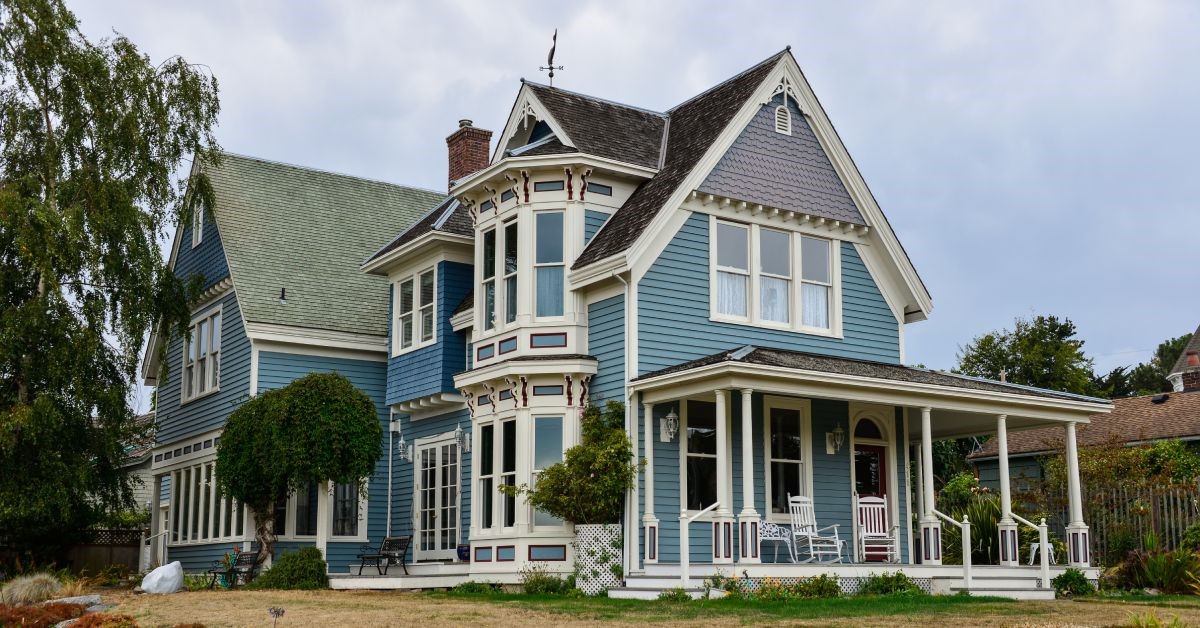
Restoring casement windows in historical homes is not just a matter of preserving aesthetics; it's an opportunity to reconnect with the craftsmanship of the past and enhance the character of your home. These charming, hinged windows are a hallmark of traditional architecture, often featuring intricate details that reflect the unique style of their era. As you embark on this restoration journey, you'll uncover the stories held within these windows, all while improving energy efficiency and adding value to your property.
What Are Casement Windows?
The design of casement windows is typically characterized by their hinged frames that open vertically or horizontally, depending on the installation. Historically, they have been crafted from wood, which allows for custom carvings and detailing that reflect the home's architectural style. Modern advancements have introduced alternatives like vinyl and fiberglass, which offer durability and low maintenance while mimicking traditional designs. Casement windows can be paired with decorative elements such as mullions and transoms, providing a sense of elegance and enhancing the overall character of historical homes. These design features not only maintain the authenticity of the building but also contribute to its unique charm.
Casement windows serve several practical functions that extend beyond their aesthetic appeal. One of their primary roles is to provide ventilation; these windows can be easily opened outward, allowing fresh air to flow freely into the home. This design is particularly advantageous in warmer climates where cross-ventilation is essential for maintaining indoor comfort. Additionally, casement windows are often fitted with robust locking mechanisms, enhancing security while allowing for unobstructed views of the surroundings. They can also be equipped with various energy-efficient glazing options, contributing to improved insulation and reduced energy costs.
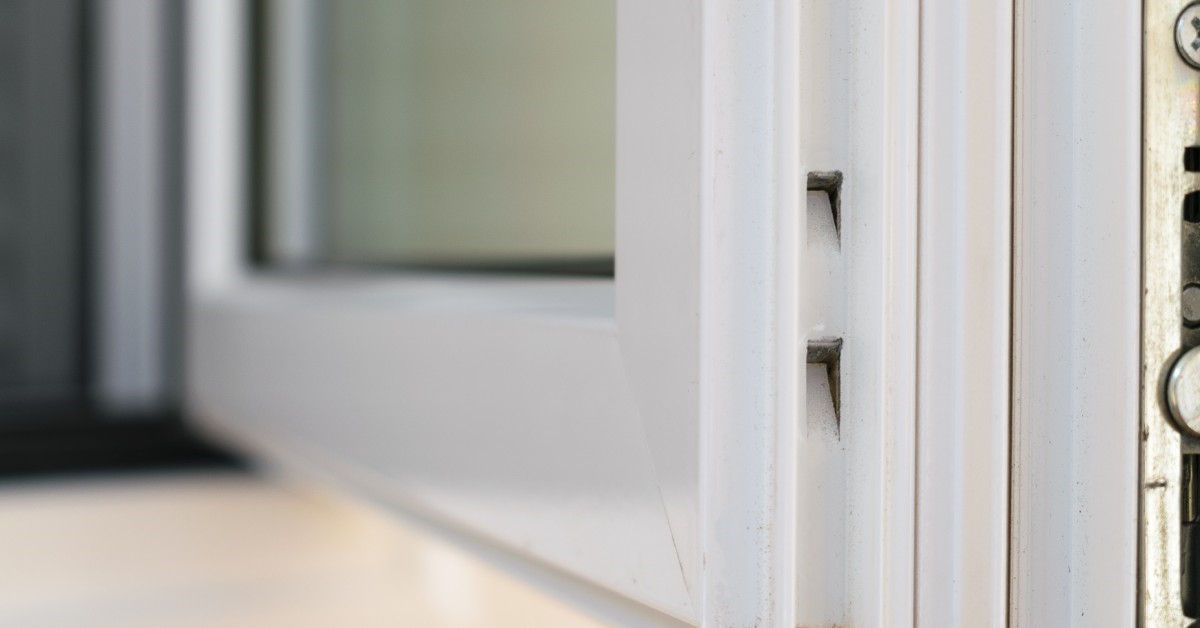
Assessing Window Conditions
Before embarking on renovations, it's crucial to assess the condition of your casement windows thoroughly. Start by inspecting the frames for signs of rot, warping, or cracks, as these issues can compromise both functionality and appearance. Check the hinges and locking mechanisms to ensure they operate smoothly and securely. Pay attention to the glass itself—look for any fogging or cracks that may indicate the need for replacement or repair. It's also advisable to examine the caulking and weatherstripping around the windows, as damaged seals can lead to drafts and increased energy costs. By taking a comprehensive look at these elements, you can determine the necessary renovations to restore the windows to their former glory.
Essential Tools and Equipment
Having the right tools is imperative for achieving a successful outcome when restoring casement windows in historic homes. A screwdriver set is vital for removing and tightening screws, making it highly valuable when working on casement window hardware. A utility knife will also come in handy for cutting through old caulking or weatherstripping and making way for a clean surface when applying new materials. Another vital tool is a chisel, which is necessary for removing rotting wood or old paint from the window frames, establishing a solid foundation for future repairs.
In addition to hand tools, a measuring tape is crucial for ensuring any replacements or adjustments made during the restoration process fit precisely. This is particularly important when repairing the casement sashes or replacing the glass panes. A paintbrush and scraper are also needed to refinish the frames, allowing for a smooth application of primer and paint that matches the original aesthetics of the home. Lastly, a caulking gun for applying fresh caulk around the windows will seal any gaps effectively, enhancing energy efficiency and safeguarding against water intrusion.
Repairing and Replacing Wood Elements
Repairing and replacing wood elements in casement windows is a vital aspect of the restoration process, as these components can significantly affect both the functionality and aesthetics of the windows. Begin by carefully removing any deteriorated sections of the wood, using a chisel or utility knife to expose sound material beneath. It is essential to match the new wood to the existing frame in terms of species and grain to maintain the historical integrity of the window. For smaller repairs, you can use wood filler to fill in cracks and gaps, allowing for a smooth finish after sanding. Once the repairs are complete, it's crucial to apply a quality primer and paint to protect the wood from the elements, ensuring longevity and visual appeal. If you must replace larger sections, consider custom milling to replicate the original profile.
Restoring Metal Hardware
Restoring metal hardware on casement windows is equally important for ensuring their functionality and preserving their historic character. Start by removing the hardware components, such as hinges, locks, and handles, using a screwdriver or wrench as appropriate. Inspect these parts for any signs of rust, corrosion, or damage; if necessary, clean the hardware with a wire brush or a rust remover to restore its luster. For minor imperfections, sanding and repainting with a metal primer and appropriate paint can help protect against future deterioration. In cases where hardware is beyond repair, sourcing original or period-appropriate replacements maintains the authenticity of the windows.
Restoring Glass Panes
Restoring glass panes in casement windows is a critical step that enhances both the appearance and energy efficiency of the windows. Begin by carefully removing any broken or cracked glass to prevent injury. When replacing the glass, opt for historically accurate materials that match the original specifications, such as single-pane or insulated glass, depending on the home's architecture and energy efficiency goals. Use glazing putty to secure the new glass, creating a tight seal that minimizes drafts and moisture infiltration. Finally, take care to repaint or touch up any areas around the glass that may have been disturbed during the replacement process.
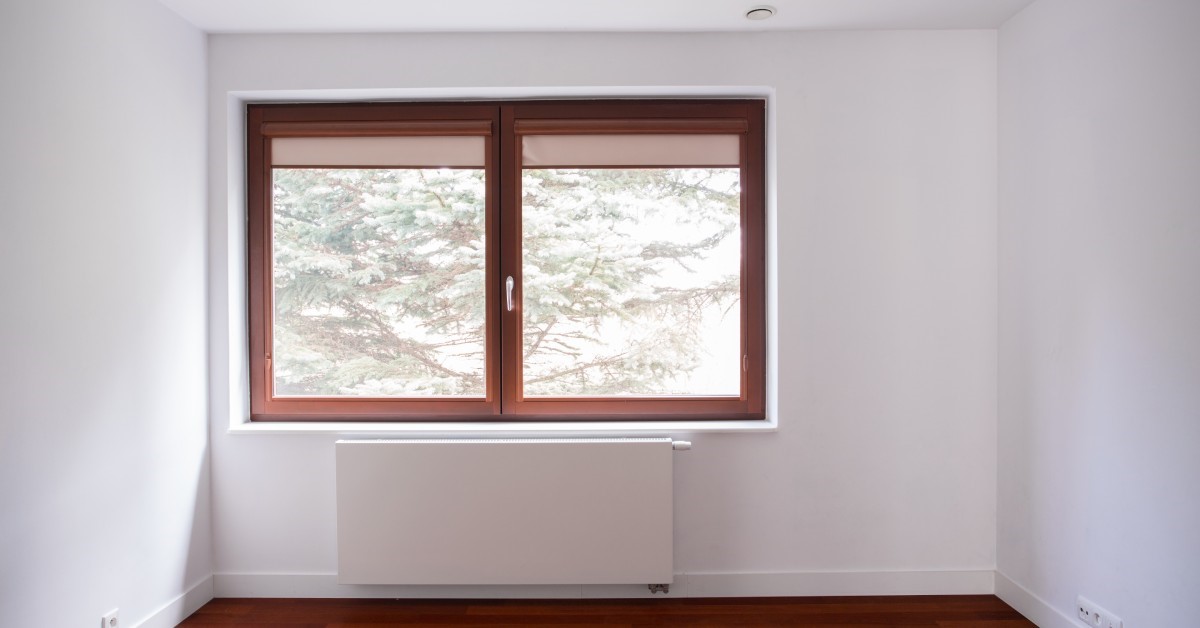
When In Doubt, Call the Pros!
The expertise of professional services is invaluable when you’re tackling advanced restoration and renovation projects. Skilled professionals bring a wealth of knowledge and experience to the table, ensuring each restoration aligns with historical preservation standards while effectively addressing modern needs. When you partner with a team like Reece Builders, you gain access to the necessary tools and materials for handling intricate repairs. Plus, we can offer guidance on appropriate replacement options for damaged or missing components, saving you time and money in the long run.
Follow these tips for restoring casement windows and maintaining the historical essence of your home! If you need quality replacement casement windows in Winston-Salem, look no further than our services at Reece Builders.
Subscribe to Reece Builders's Blog



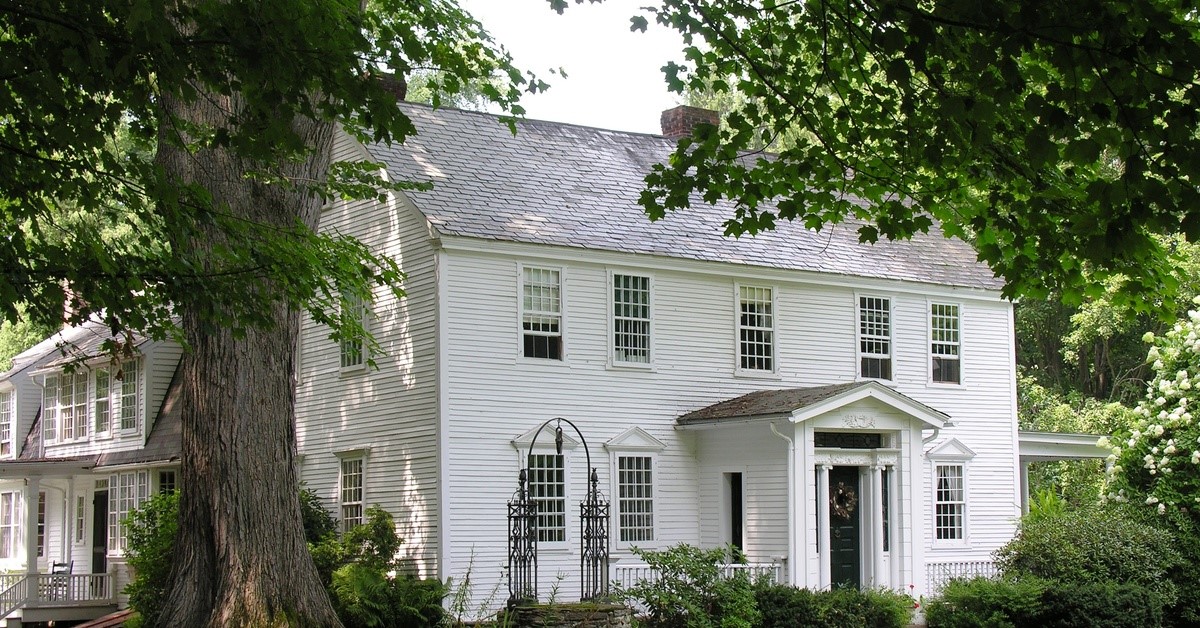

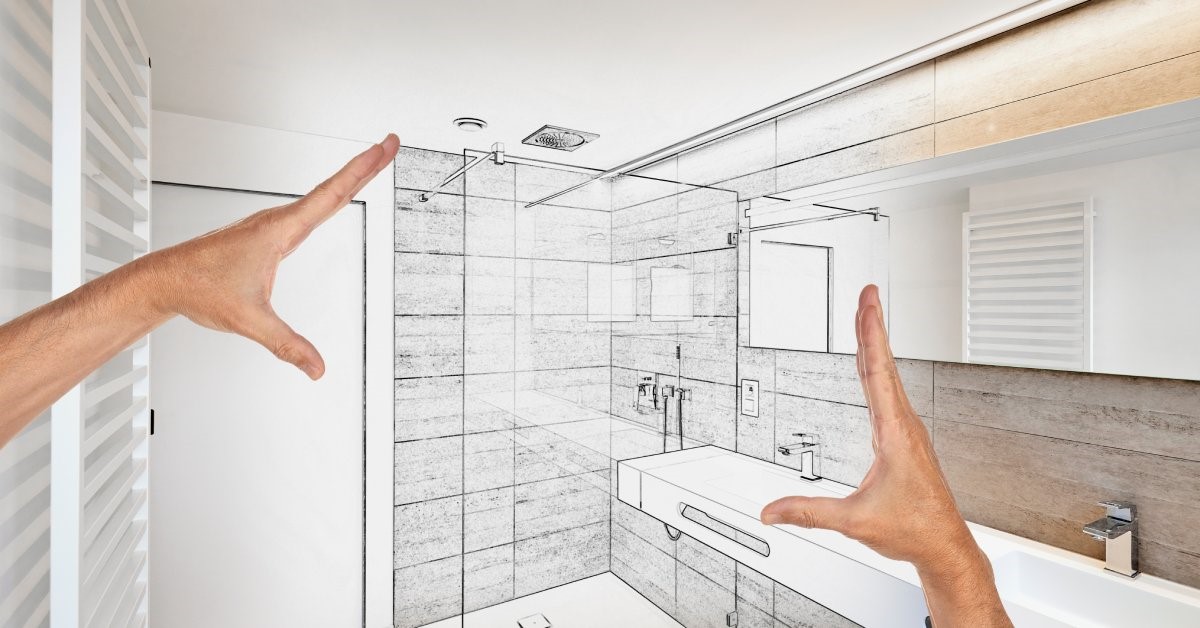
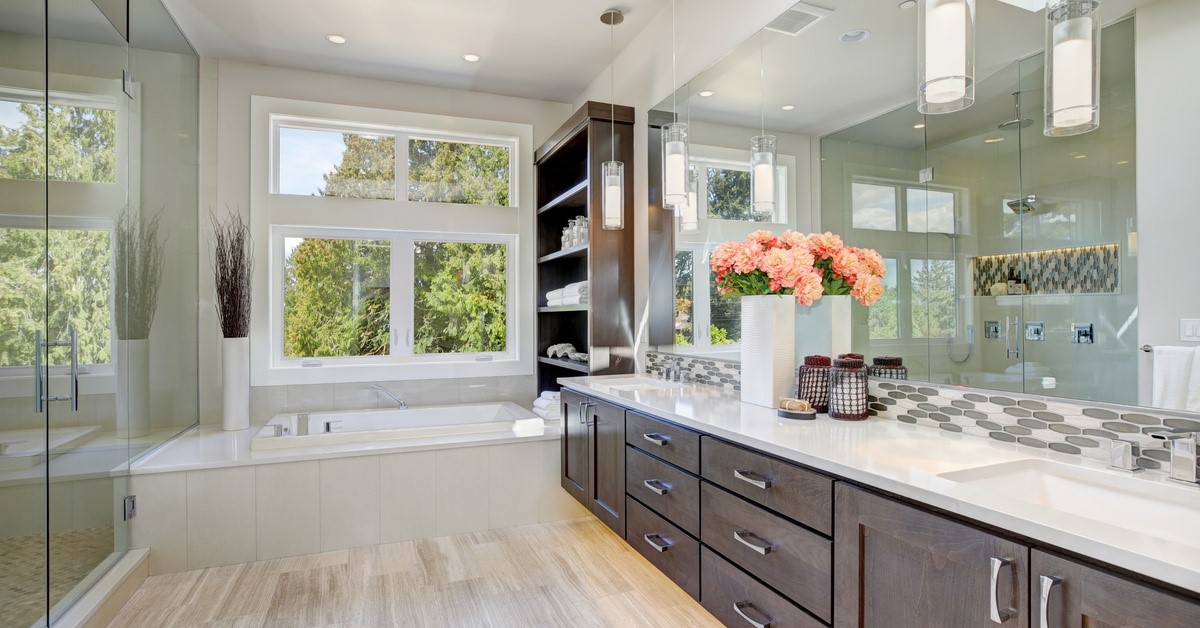
Comments